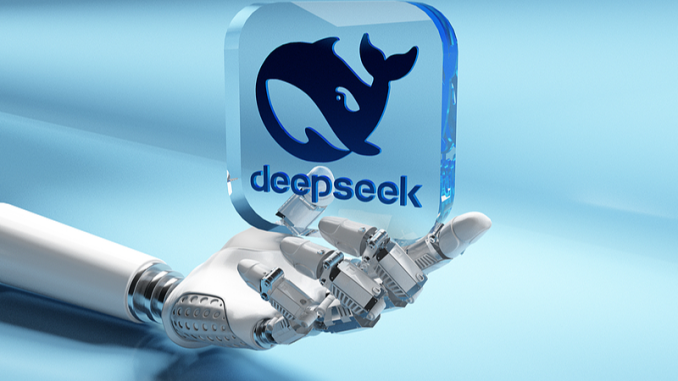
China’s unveiling of Deep Seek, a breakthrough in artificial intelligence and deep-sea exploration, has sent shockwaves through the global technological landscape. More than a scientific milestone, it is a direct challenge to the United States’ long-standing dominance in innovation and technology.
With Deep Seek, China has exposed U.S. vulnerabilities in critical sectors, from strategic hesitations to an inability to keep pace with rapid advancements. For decades, Silicon Valley was the global hub of innovation, while NASA and DARPA stood as pillars of American scientific leadership. However, China’s ascent has revealed cracks in this foundation, with Deep Seek serving as a glaring indicator. Designed to push the boundaries of underwater mapping, resource exploration, and environmental monitoring, the project underscores China’s efficiency in delivering cutting-edge solutions at a fraction of the cost of similar U.S. initiatives.
While the U.S. grapples with bureaucratic gridlock and political divisions, China’s state-led yet agile approach to innovation has proven highly effective. Reports indicate that Deep Seek was developed and launched for less than half the projected cost of comparable American programs. This success stems from China’s seamless integration of government support with private-sector expertise.
Deep Seek is not an isolated achievement but part of a broader trend of China surpassing the U.S. in areas once deemed untouchable. In high-speed rail, China has built a 42,000-kilometer network that connects major cities efficiently and affordably, while the U.S. struggles with outdated infrastructure. In renewable energy, China dominates solar panel production and leads global investments in wind power, while the U.S. remains mired in political debates over green energy.
Space exploration, once an American stronghold, is another arena where China is closing the gap. The Chang’e lunar missions, the Tiangong space station, and Mars rover expeditions showcase China’s long-term commitment to space science—an area where NASA’s budget often falls victim to partisan disputes. Similarly, in artificial intelligence, China has made significant strides in facial recognition, natural language processing, and predictive analytics, integrating these technologies into projects like Deep Seek for advanced underwater data analysis—capabilities the U.S. has yet to match at scale.
Deep Seek should serve as a wake-up call for the U.S., but whether it will prompt meaningful action remains uncertain. Rising research and development costs, an over-reliance on private investment, and political dysfunction have left the U.S. struggling to keep up. Programs are frequently delayed, scaled back, or abandoned due to shifting priorities. NASA’s Space Launch System (SLS), for example, is billions over budget and years behind schedule.
China’s centralized planning and state-backed investments allow it to sidestep such pitfalls. With lower labor costs, efficient supply chains, and a results-driven approach, China has achieved breakthroughs that leave the U.S. reacting rather than leading. Meanwhile, the U.S. continues to prioritize military spending over technological and economic advancements, a strategy that may prove unsustainable in the long run.
To remain competitive, the U.S. must rethink its innovation strategy. It needs greater investment in STEM education to cultivate the next generation of pioneers, a streamlined R&D process free from excessive bureaucracy, and stronger public-private partnerships that drive real progress.
American leaders often dismiss China’s achievements as imitative or unsustainable—a dangerous underestimation. Deep Seek is proof that China is not merely following in the West’s footsteps but actively redefining technological frontiers.
The U.S. can no longer afford to play a game of hide and seek with China. As climate change accelerates, resources dwindle, and technology reshapes the global economy, innovation will be the defining factor of national power.
Deep Seek is more than an engineering feat—it is a declaration of intent. The U.S. must decide whether to meet the challenge head-on or risk slipping into second place in the race for the future. In this high-stakes competition, there is no room for complacency.

Leave a Reply